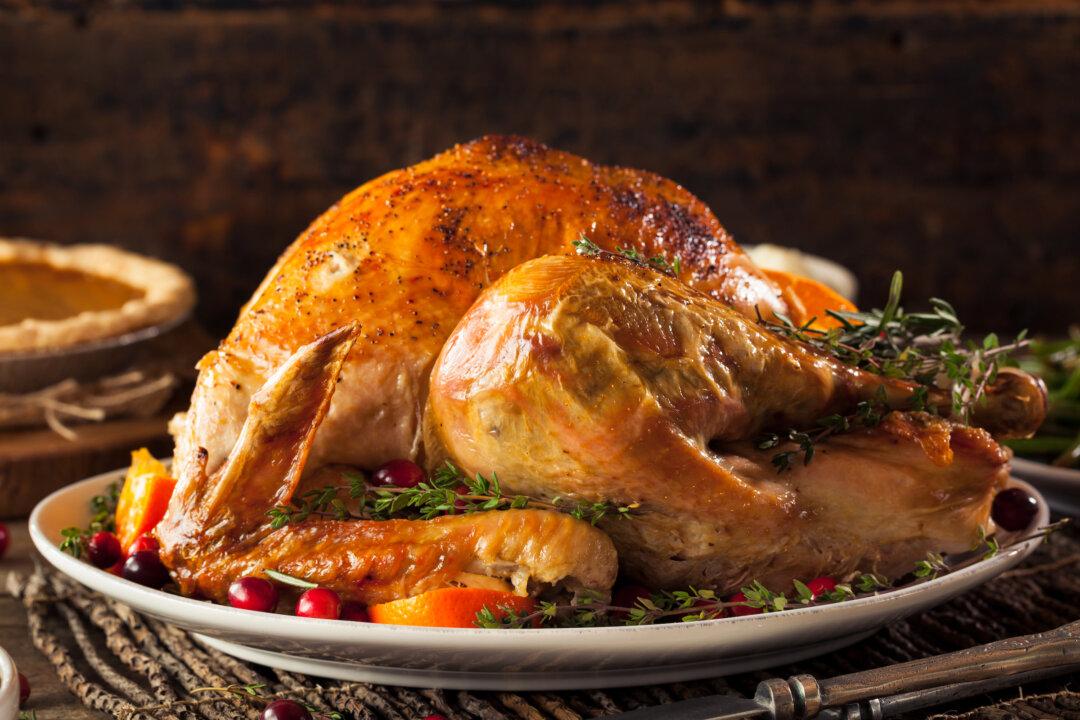Stop! Don’t toss that banana peel! You have in your hands the beginnings of a perfectly plush and fluffy banana layer cake—yes, really.
Lindsay-Jean Hard’s banana peel cake—made using two banana peels, cooked down and blended, and no other part of the fruit—may be one of the more difficult-to-swallow recipes in her cookbook, “Cooking With Scraps.” But the cake is a universal crowd-pleaser: “It’s actually my daughter’s very favorite recipe in the book,” Hard said.






